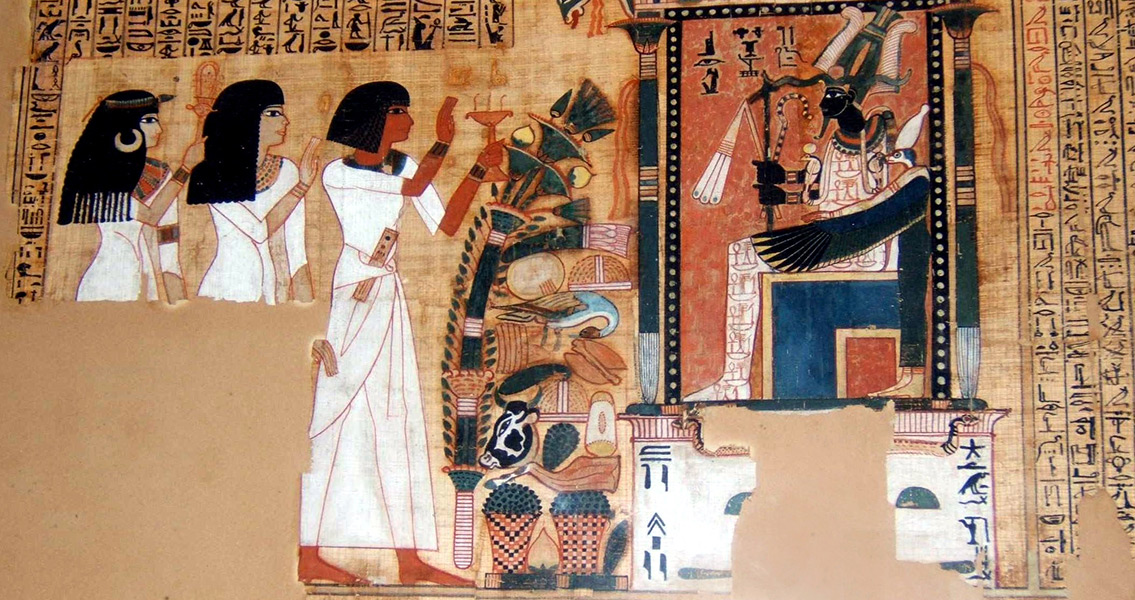<![CDATA[For the first time ever, a collection of Egyptian hieroglyphs collected from papyrus scrolls and found on rock faces are being translated to English and then published in an effort to reach a wider audience. These ancient Egyptian texts have largely only been available to specialized academics, as a large number of these hieroglyph collections are locked behind inaccessible tombs. Despite the high profile of the ancient civilization, it’s mostly known for its massive pyramids and other monuments; in stark contrast to the Romans and the Greeks, who have had their ancient texts reprinted in modern English countless times. This new initiative, spearheaded by Toby Wilkinson from Clare College in Cambridge, seeks to change all that. According to an article in The Guardian, Wilkinson made the decision to begin translating the new anthology to close a gap in the modern understanding of ancient Egypt. He was particularly interested in providing access to “the life of the mind, as expressed in the written word” of ancient Egyptians. With writing found on nearly every temple wall and within every tomb, the nearly 3,500 year written tradition of Egypt is much more than decorative. Wilkinson added. The researcher felt that the public were being denied a deep literary tradition, especially with many museums displaying papyrus scrolls covered with hieroglyphs as artifacts instead of texts. The new translations should provide surprises for readers, Wilkinson hopes, adding a much-needed dimension to the ancient people besides pyramids, pharaohs, and Tutankhamun’s famous sarcophagus and mask. While hieroglyphics are pictograms, Wilkinson says that the concepts they convey could be as sophisticated as any Latin or Greek script. The passages he’s chosen to translate offer a glimpse into the life of the ancient Egyptians and are rich with symbolism and metaphor, and include eyewitness accounts of natural disasters and military battles. The researcher, who has written several books on the subject of ancient Egyptians, says that many texts in the collection haven’t been translated for nearly a century. These older translations, only some of which are in English, use diction and idiom that are “very old-fashioned and impenetrable”, Wilkinson said, something that makes it even harder to relate to ancient Egyptians. The problem is not unique to ancient Egyptian; in fact, translating an archaic text into a modern language in a way that provides a close approximation of the original intent without making it unreadable to modern audiences is a dilemma prevalent in many academic translations. However, Wilkinson says that the new translations are much more relatable, even to a modern audience. He attributes this to focusing on the emotional impact of the texts, which are a wide, varied collection of tales that contain literary fiction, correspondence between a farmer and his overseer, and a description of a catastrophic thunderstorm that caused widespread destruction and flooding. The new anthology, which has been titled Writings from Ancient Egypt, is available this week from Penguin Classics. ]]>
Egyptian Hieroglyphs Translated to English for the Masses
